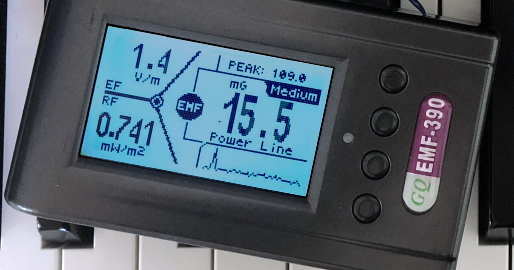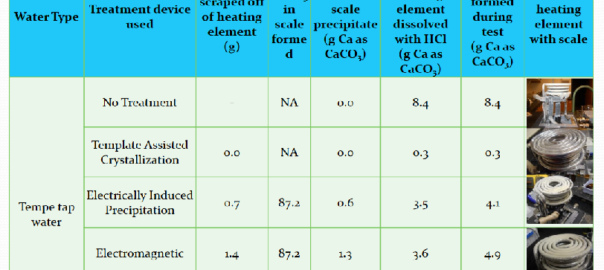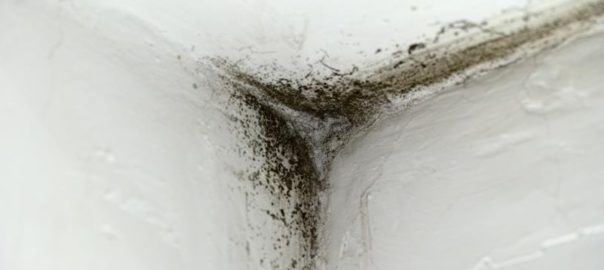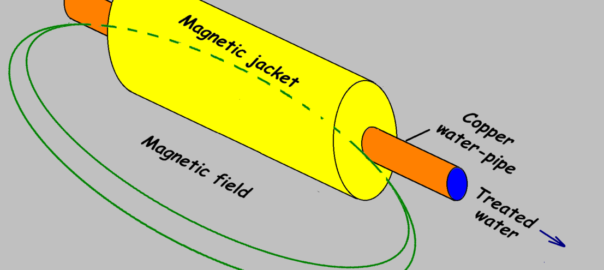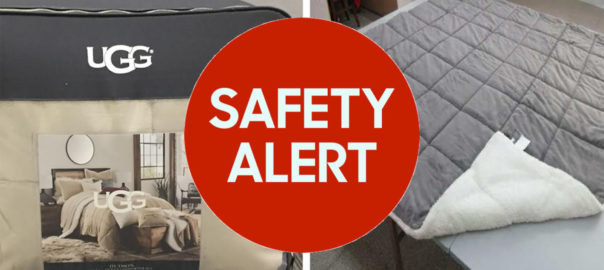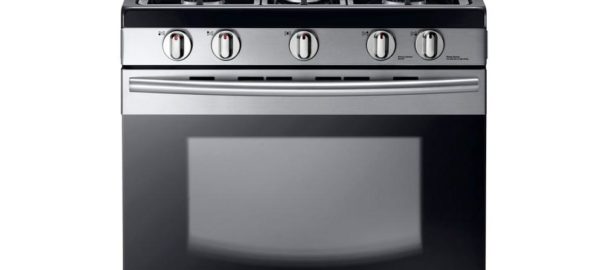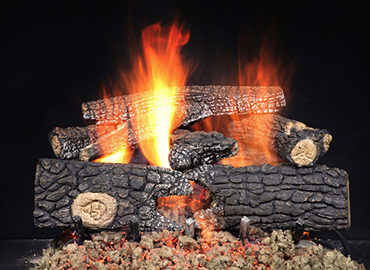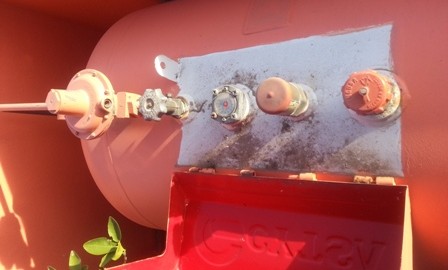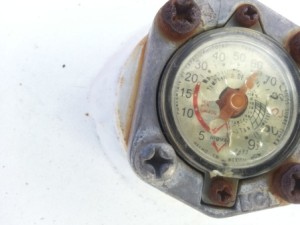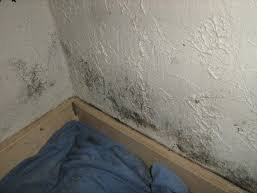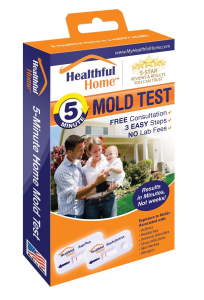ELF and EMF radiation at high levels have been shown to have negative health impacts. They can lower melatonin levels and there are also studies of milk production from cows that show their production decreases with Elf/Emf radiation (they sometimes graze under high tension powerlines).
A T.V. in the old days had an emf burst when you turned it on (remotes are great for keeping your distance) but now the readings are just a few milligauss (mg) depending on your TV. Still….keep yourself and kids back from the large sources like microwaves and electrical transformers.
Powerlines and larger sources of EMF: For long term constant exposure, Sweden has a 1mg (milligauss) limit and Florida, USA has a 250mg limit. High tension power lines are usually around 345,000 watts and produce measureable emf’s which drop as you move out from under the power lines or away from a 25kva or 50kva transformer (commonly on the CFE street poles in San Miguel).
Do you need to test? If you suspect a source such as a transformer on a pole outside your house then yes, I recommend testing. Or download an app for android or I phones. They don’t compare well in my tests to my F.W Bell meter but at least they can indicate if a field exists then you can test further with better equipment. SMA Home inspections uses an F.W. Bell ELF meter that measures the emf in milligauss (mg). (Note: 1 microtesla=10 milligauss). Measurements of appliances up close can give 20-60 mg and a microwave might be around 200-300 mg. The field drops rapidly as you move the meter away hence distance from the emf source will lower exposure for those concerned.
